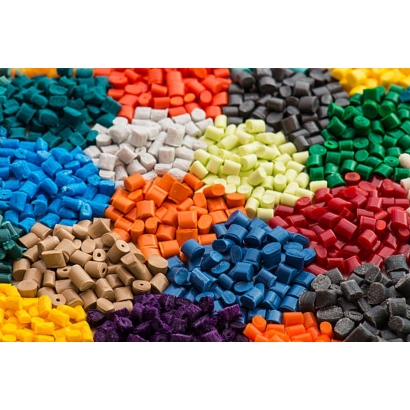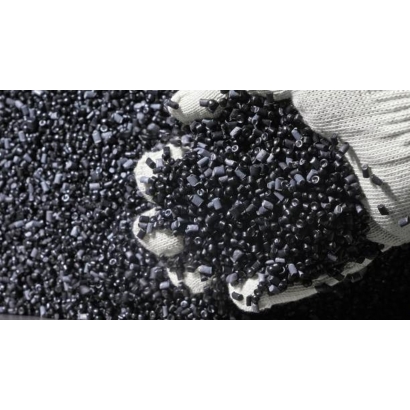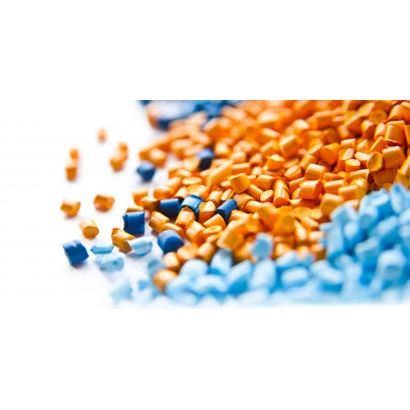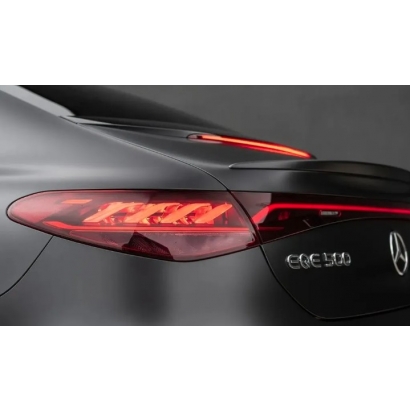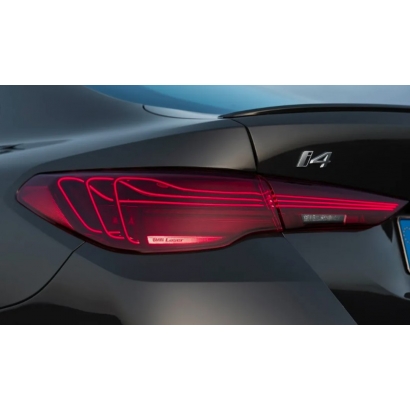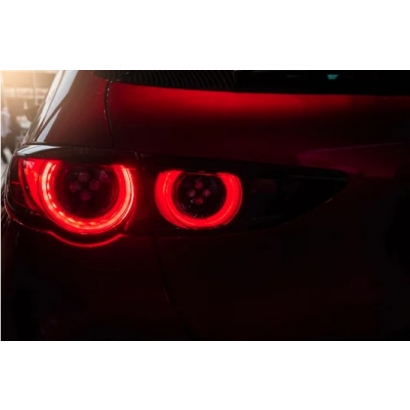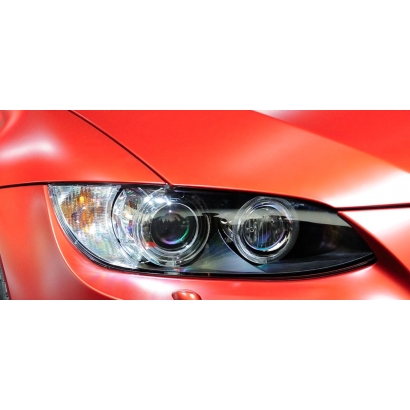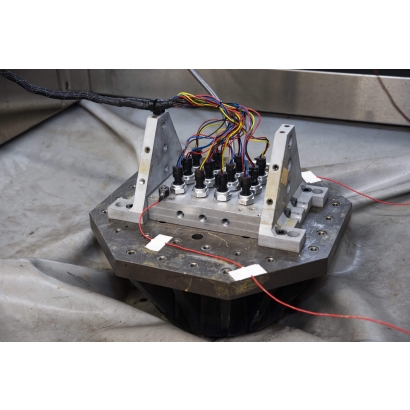Knowledge About PP Housing for Automotive Lights
Knowledge of PP Housing for Automotive Lights
Polypropylene is one of the most significant materials used in the designing and manufacture of automotive light housing. With superior mechanical properties and processing characteristics, PP finds favor with most. Here is detailed knowledge about PP housing for automotive lights:
Material Characteristics:
Strength and Impact Resistance: The PP materials have demonstrated good strength and impact resistance, which are very protective against external impacts. As automotive light parts are exposed frequently, this is very important.
Heat and Cold Resistance: PP shows stable property performance at high or low temperatures, and thus is suitable for use under different climatic conditions.
Processability: PP is easy to process and mold. So, although complex in shape and precise in dimensions, with the injection molding method, it can be realized.
Design and Manufacturing
Injection Molding: PP automobile light housing is usually manufactured by injection molding. The injection molding process allows mass production with efficiency while providing precision and uniformity to the product.
Structural Design: While designing PP automobile light housing, structural strength, ease of installation, and compatibility with other components are to be considered. For example, good design for clamps or bolt holes will ensure that they can be securely fixed to the vehicle body.
Light-Weight Design: Modern automotive design concentrates on long weighting. The PP material by itself is light, and a thin-wall structure can further minimize the weight of lights.
Applications
Headlight Lamps and Taillamps: PP housing finds huge usage in the manufacturing of car headlamps or headlights and taillamps, providing them with robust support and protection.
Fog Lights and Side Marker Lights: The housings of fog lights and side marker lights also utilize PP material-based housings, which are likely to perform satisfactorily in every type of environmental condition.
Internal Structural Support: In some instances, the PP housings will offer essential internal structural support to automotive lights by guaranteeing the stability and fixation of the internal components.
Advantages and Challenges
Advantages:
Cost-Effective: PP material itself is not very costly and is economically processable.
Durability: Long-life PP material ensures good performance during the vehicle's whole life cycle.
Processing Flexibility: Different product shapes and functions can be produced for different requirements.
Difficulties:
Chemical Stability: PP has poor stability in certain chemical environments, for example, in strong acids and alkalis; as a result, the environment of use should be taken into consideration.
UV Stability: PP tends to age with long-term exposure to ultraviolet light. The addition of UV stabilizers or surface treatment can improve its weather resistance.
Surface Treatment
Coating and Plating: The PP automotive light housing can be coated or electroplated for surface decoration and to improve durability.
Texture and Color: Different kinds of surface effects and colors can be obtained by changing the texture of the injection mold or adding different masterbatches.
In summary, with the excellent properties and economic benefits of PP materials, such materials would be therefore highly suited for the manufacture of automotive light housings. By considering its characteristics and limitations in design and application, high-quality, durable automotive light housing can be processed.

